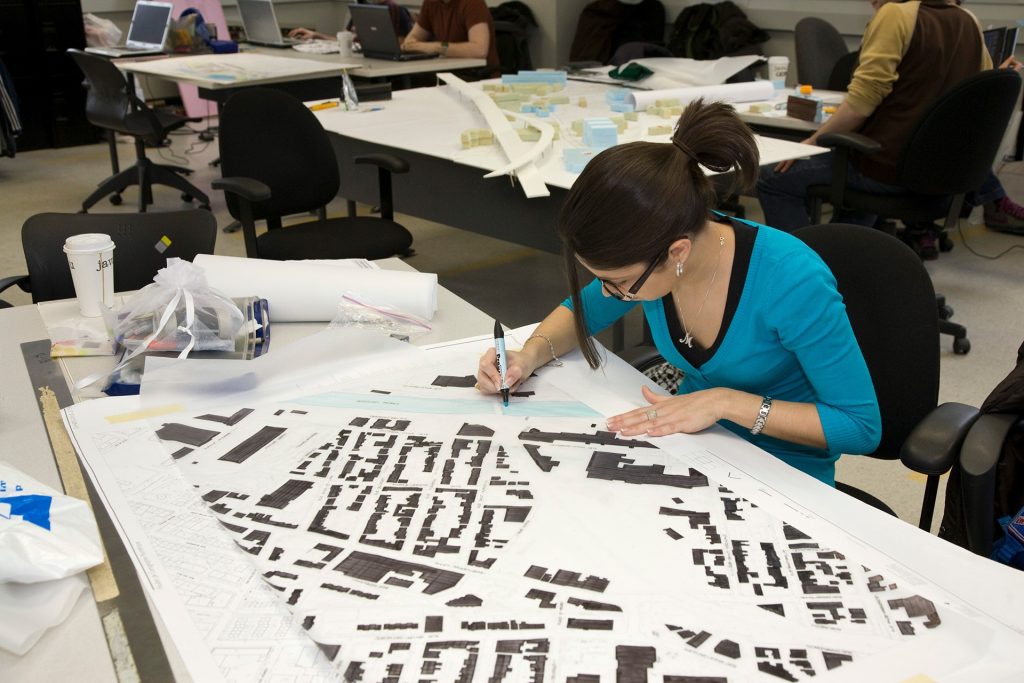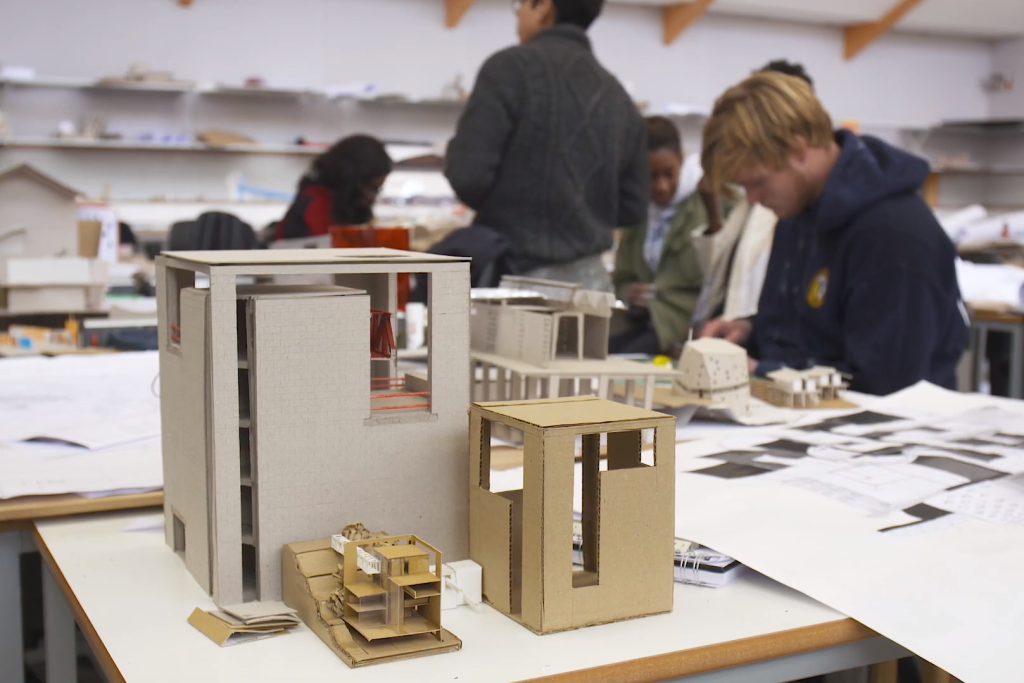Bhadralok: Architectural Legacy and Cultural Identity in Kolkata and Beyond
We have earlier learned about the Bhadralok of Kolkata and how the term and the people came into being around the 19th century. Bhadralok of course was defined by their Bhadrata (good manners). The Bhadralok did not just inhabit urban spaces, but in rural areas, a defining trait of the Bhadralok is their aversion to […]
Bhadralok: Architectural Legacy and Cultural Identity in Kolkata and Beyond Read More »











